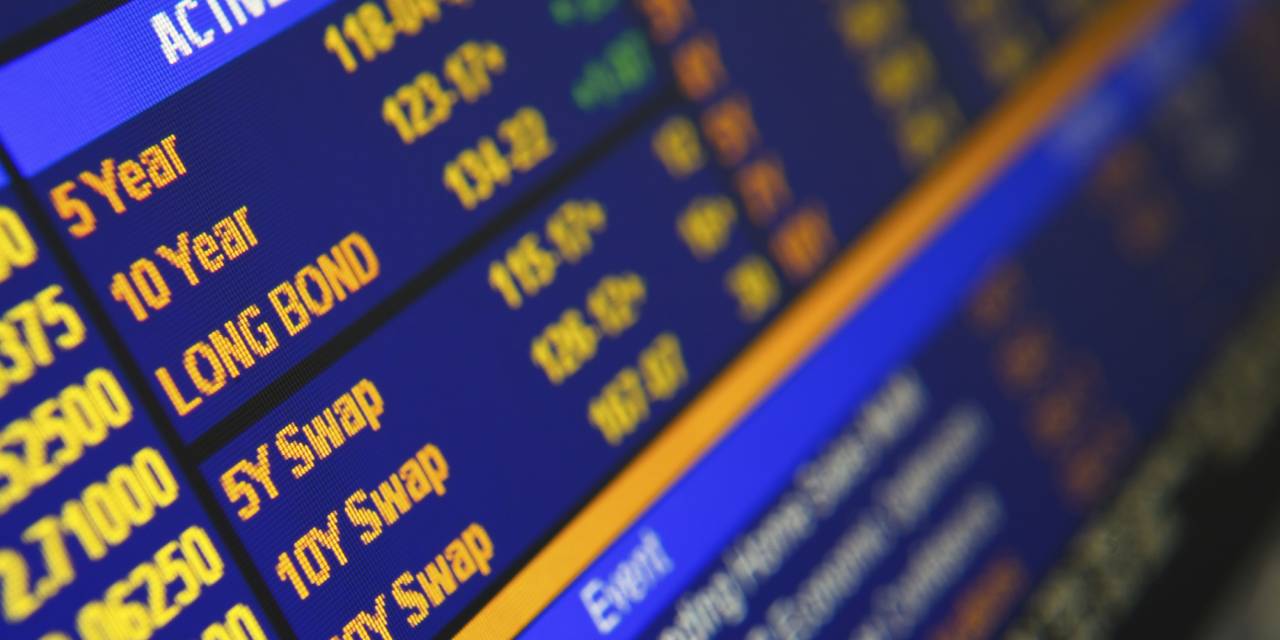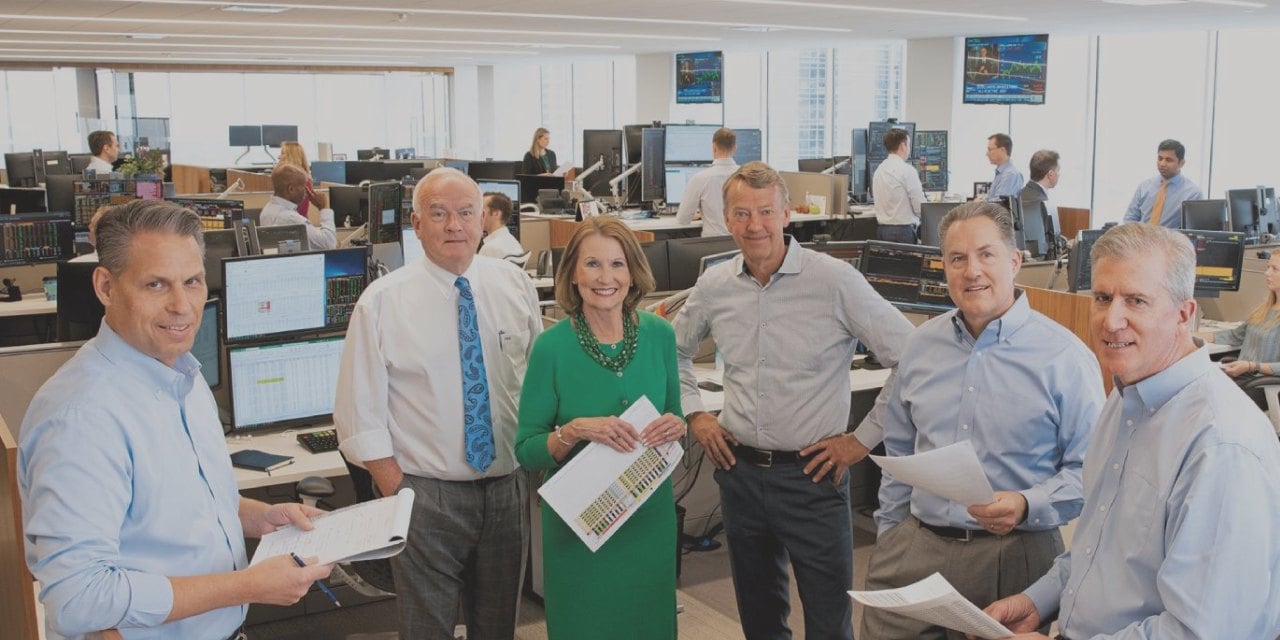
Baird Advisors: Bonds are Back
Disclosures
Some of the potential risks associated with fixed income investments include call risk, reinvestment risk, interest rate risk, credit risk, default risk, liquidity risk and inflation risk. Additionally, it is important that an investor is familiar with the inverse relationship between a bond’s price and its yield. Bond prices will fall as interest rates rise and vice versa. Past performance is not indicative of future results and diversification does not ensure a profit or protect against loss. All investments carry some level of risk, including loss of principal.
Carefully consider a fund’s investment objectives, risks, charges, and expenses before investing. For a current prospectus and summary prospectus, containing this and other information, visit bairdfunds.com. Read it carefully before investing.
©2023 Robert W. Baird & Co. Incorporated. Member SIPC. Robert W. Baird & Co. Incorporated. 777 East Wisconsin Avenue, Milwaukee, Wisconsin 53202
First Use: 10/2023
